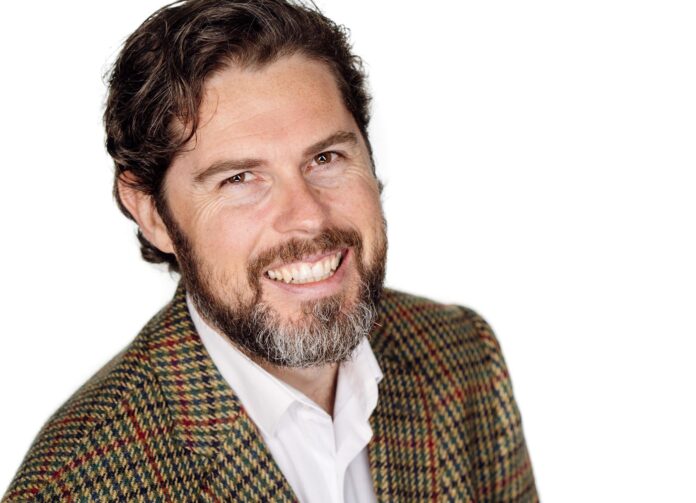A MOUNTSHANNON man’s cutting-edge research into positive uses for waste plastics, has secured more than a quarter of a million euro in backing from the Welsh government.
Dr Alvin Orbaek White, who works at Swansea University, has pioneered a technology that changes waste plastic into valuable compounds for the energy industries, reducing plastics pollution in the process. The research will be instrumental in addressing the global transition to more efficient, cleaner energy resources and providing a new life for waste plastics, keeping them out of land and sea.
A past pupil of Waldorf Steiner School in Raheen and later, Scariff Community College, he credits his inspirational work with the passion instilled in him by a number of his former teachers. “I had some great teachers. At Scariff Community College, TJ O’Halloran was really passionate about Science, and Pat Sweeney instilled a love of Maths.”
His college years were spent at NUI Galway where he undertook his Bachelor’s degree, before obtaining a PhD at Rice University in Huston, Texas. His first scientific publication elaborated on the conversion of black plastic material that he purchased in a local supermarket. Dr Orbaek White later founded TrimTabs, an engineering firm creating technology solutions for positive global impact.
Today, Dr Orbaek White’s vision is to advance global energy sustainability by producing long range electricity transmission materials from waste plastics.
The funding award from the Welsh government will enable upscaling of his work and has the potential to create highly-skilled jobs.
A senior lecturer in Chemical Engineering, Dr Orbaek White, who was recruited to Wales from the Massachusetts Institute of Technology (MIT) as part of the Wales Rising Star program as a Sêr Cymru II Fellow, is leading the research group at the Energy Safety Research Institute in Swansea University.
Dr Orbaek White has already developed an electrical wire made out of carbon nanotubes from waste plastics that are suitable for electricity and data transmission.
His cables are transmitting Bach’s cello music, and were displayed at Swansea’s National Waterfront Museum and are currently being exhibited in the Material Library at Material ConneXion in New York. Interestingly, the project was partly inspired by his time as a DJ, playing venues from Mountshannon to Ibiza.
Being very mindful of his East Clare ties, and how they were formative in his career choices, he has some advice for those who might be considering Science as a future career.
“If someone is still at secondary school, my advice would be to reach out to a mentor, be that a teacher or somebody like me and ask for guidance. I would also say that people shouldn’t be too hung up on what their current path is. Think about problems, instead of disciplines. Problems need people from all kinds of backgrounds to come up with solutions. So, I would advise people to follow their hearts. If a subject sings to you and you’re passionate about it, you should follow it.”



